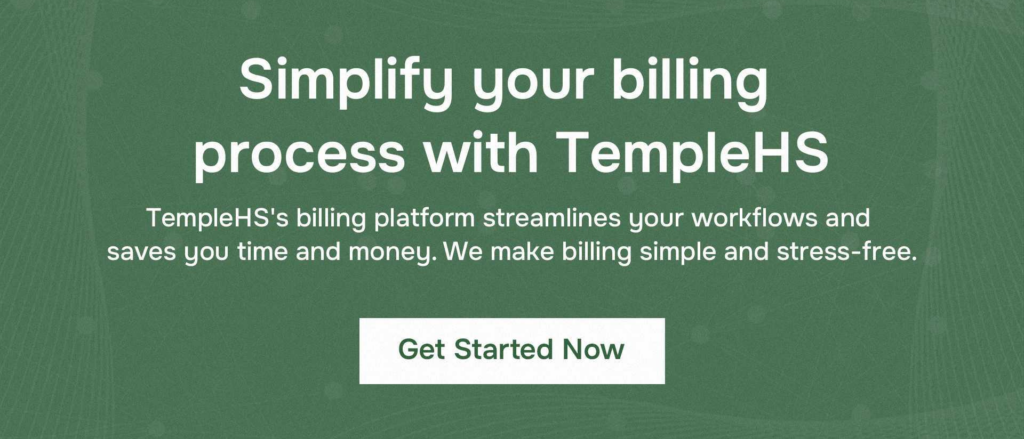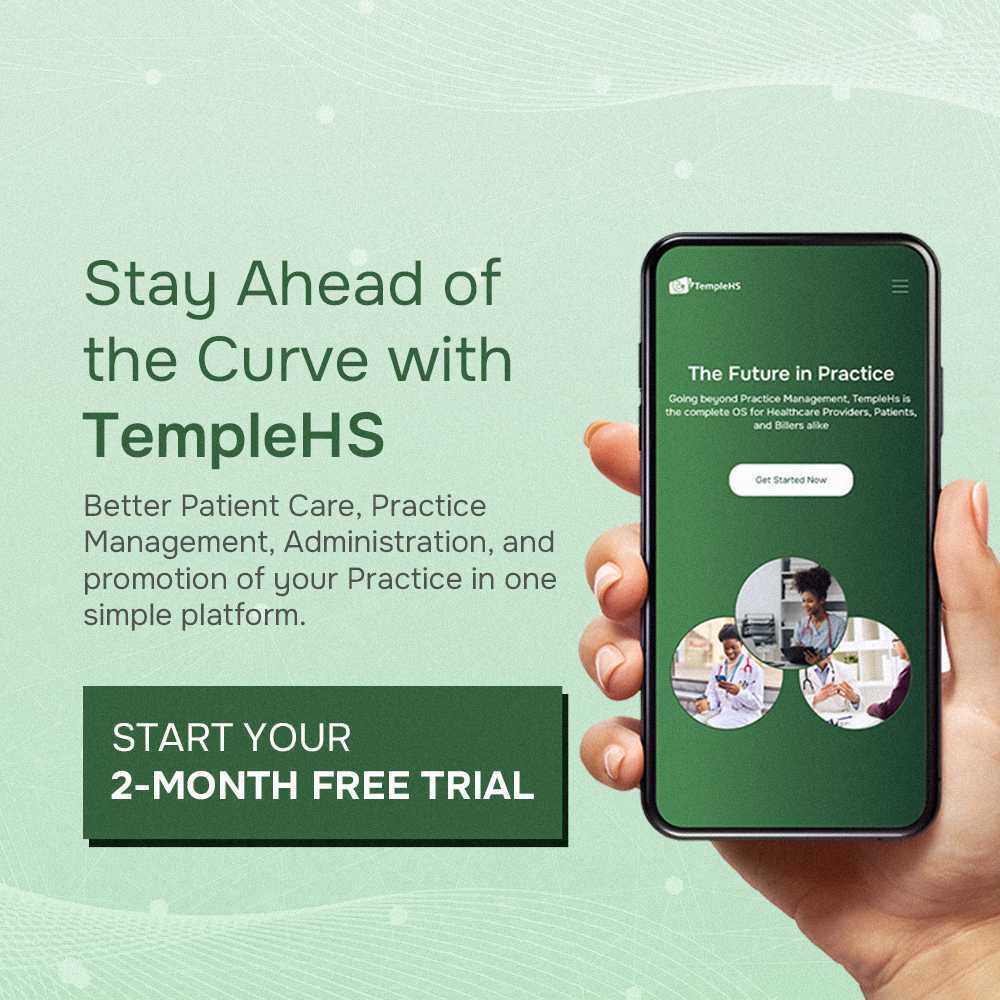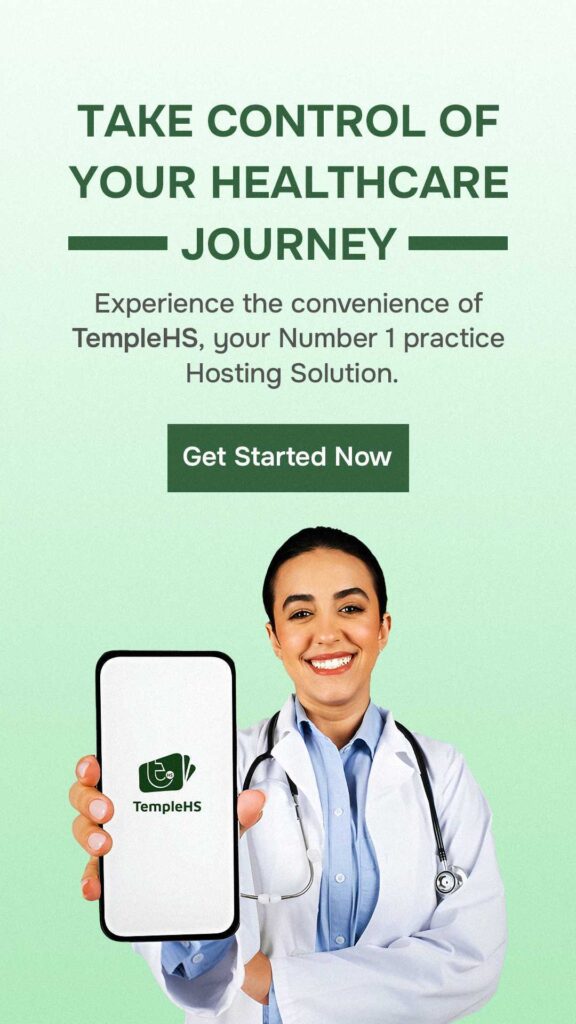Electronic Health Records (EHR) are digital versions of patients’ paper charts. They provide real-time, patient-centered records that make information available instantly and securely to authorized users. Healthcare fragmentation, where patient care is disjointed across various providers, poses significant risks, including medication errors and duplicated tests.
An EHR aims to streamline healthcare processes, ensuring that all providers have access to accurate and comprehensive patient information. This post will explore how EHR systems reduce healthcare fragmentation, improve patient outcomes, and enhance the efficiency of healthcare delivery.
How Does EHR Reduce Healthcare Fragmentation?
1. Centralized Patient Information
EHR systems centralize patient information, making it accessible to all authorized healthcare providers. Instead of relying on fragmented paper records that can be lost or misinterpreted, EHRs store all patient data in a single, digital location. This centralized repository includes medical history, test results, treatment plans, and medication lists. By having a complete and accurate patient profile, healthcare providers can make better-informed decisions, reducing the risk of errors and omissions.
2. Improved Communication Among Providers
One of the significant advantages of EHRs is their ability to facilitate communication among various healthcare providers. When a patient visits multiple specialists, each provider can access the same set of medical records, ensuring continuity of care. EHR systems often include messaging functions that allow providers to consult each other quickly and securely. This seamless communication helps in coordinating care plans, avoiding redundant tests, and ensuring that everyone involved in a patient’s care is on the same page.
3. Enhanced Care Coordination
Care coordination is critical in managing chronic diseases and complex health conditions. EHRs improve care coordination by allowing different providers to track and manage a patient’s care in a unified system. For example, a primary care physician can see the notes and recommendations from a cardiologist, endocrinologist, and any other specialists the patient might be seeing. This integrated approach ensures that treatments are complementary and do not interfere with each other, leading to better patient outcomes.
4. Reduced Duplication of Tests and Procedures
Fragmented healthcare often leads to the unnecessary duplication of tests and procedures, wasting resources and exposing patients to additional risks. EHRs help mitigate this issue by providing a comprehensive view of all the tests and procedures a patient has undergone. When a provider can see that a particular test has already been performed, they can avoid ordering it again, saving time and reducing costs. This not only benefits the healthcare system but also minimizes patient inconvenience and anxiety.
5. Increased Patient Engagement
EHR systems often include patient portals that allow individuals to access their health records, test results, and treatment plans. By having direct access to their health information, patients can take a more active role in managing their health. They can track their progress, adhere to treatment plans, and communicate with their providers more effectively. This increased engagement leads to better health outcomes and reduces the likelihood of fragmented care, as patients are more informed and proactive about their healthcare.
6. Standardized Documentation
EHRs standardize documentation across the healthcare system, ensuring that patient information is recorded consistently and accurately. This standardization reduces the risk of misinterpretation and errors that can occur with handwritten notes or non-standardized electronic records. Standardized documentation also facilitates better data analysis and research, helping healthcare providers identify trends, improve treatment protocols, and enhance overall care quality.
7. Improved Follow-Up and Monitoring
Effective follow-up and monitoring are essential for managing chronic conditions and ensuring successful recovery from acute illnesses. EHR systems enable providers to set reminders for follow-up appointments, track patient progress, and adjust treatment plans as needed. This proactive approach ensures that patients receive continuous and coordinated care, reducing the chances of complications and hospital readmissions.
8. Enhanced Data Security
EHR systems incorporate advanced security measures to protect patient data, including encryption, access controls, and regular audits. These security features ensure that sensitive health information is protected from unauthorized access and breaches. By safeguarding patient data, EHRs build trust between patients and providers, encouraging patients to share complete and accurate information, which is crucial for effective care coordination.
9. Real-Time Access to Information
EHRs provide real-time access to patient information, allowing providers to make timely and informed decisions. In emergency situations, having immediate access to a patient’s medical history, allergies, and current medications can be life-saving. Real-time information also supports quicker diagnosis and treatment, enhancing the overall efficiency of healthcare delivery.
10. Integration with Other Health Technologies
EHR systems can integrate with other health technologies, such as laboratory information systems, radiology systems, and pharmacy management systems. This integration ensures that ll relevant health information is consolidated in one place, reducing the need for manual data entry and minimizing the risk of errors. It also facilitates smoother workflows and more coordinated care, as providers have a comprehensive view of the patient’s health status and treatment history.
Reduce Healthcare Fragmentation With TempleHS
TempleHS’s integrated practice management system offers a comprehensive solution to reduce healthcare fragmentation. It centralizes patient information and provides seamless access to electronic health records, appointment scheduling, and billing.
This streamlined approach improves communication among healthcare providers, ensuring continuity of care and reducing the likelihood of errors and duplications. The platform’s intuitive design simplifies administrative tasks, allowing healthcare professionals to focus more on patient care.
With features like secure messaging, telehealth services, and customizable billing solutions, TempleHS enhances the efficiency and effectiveness of healthcare delivery, making it a vital tool for modern practices.
Conclusion
EHR systems play a crucial role in minimizing healthcare fragmentation by ensuring that patient information is accurate, accessible, and comprehensive. They improve communication among healthcare providers, reduce the likelihood of medical errors, and enhance the overall quality of patient care.
By integrating patient data across various touchpoints, EHRs foster a more cohesive and coordinated healthcare experience, ultimately leading to better health outcomes and more efficient healthcare delivery.



